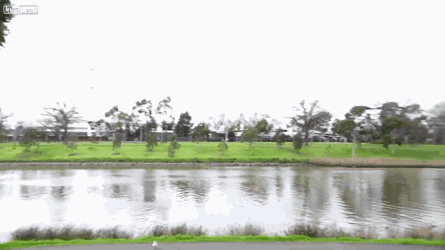Remember that viral video of a hawk dropping a snake on an innocent family picnic by the Yarra river?

NOPE.
It was a PR stunt. The fake video reached 5 million views within 48 hours and was covered by multiple media outlets from around the world.
While this is relatively harmless, there’s an important question to be asked: when is satire satire and not fake news?
Satire or Fake News?
Along with his denouncement of mainstream media, Trump also lashed out at the Saturday Night Live skit featuring Alec Baldwin.
On top of that, there are plenty of news satire sits such as The Onion and our very own, The Betoota Advocate. However, detecting satire may be a lost art form. The New York Times reported that China’s Reference News published a satirical article from the Borowitz Report, legitimately claiming that Trump ordered all White House phones to be covered in tin foils.

Source: The Washington Post
Why does it matter?
Satire has long played an important role in democracy- it subverts and questions authority. It also is accessible, and easily digestible, especially for millennials in the forms of memes, commentaries, and articles. Conflating ‘fake news’ with satire leaves an entire generation disillusioned, discouraging them from engaging in politics and debates.
In an era of post-truth, w need to better equip people with the necessary skills and tools to distinguish satire from fake news. This is why media literacy is so important.
Next in the series- Art of Conning: Actual Fake News


 You’re doing amazing, sweetie
You’re doing amazing, sweetie